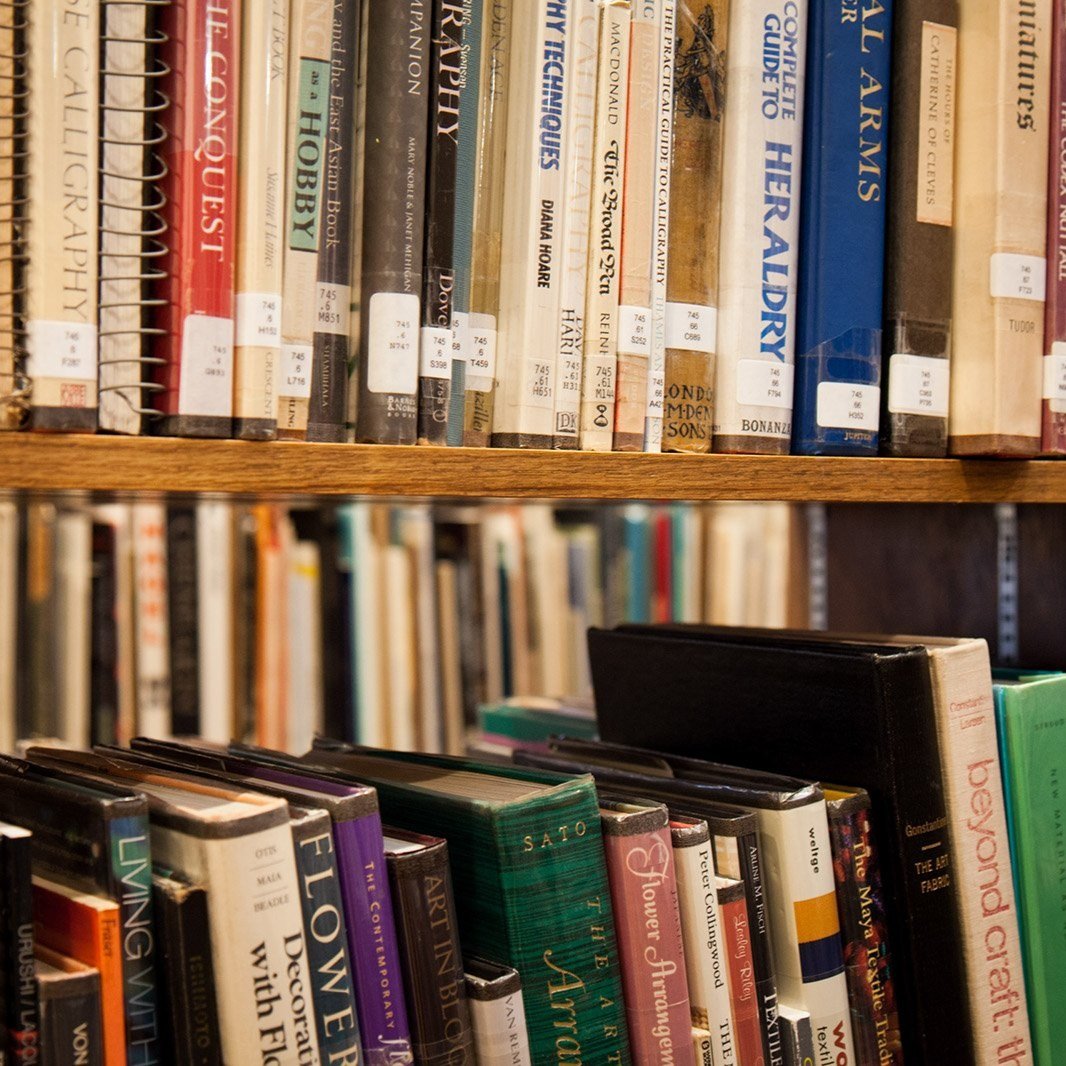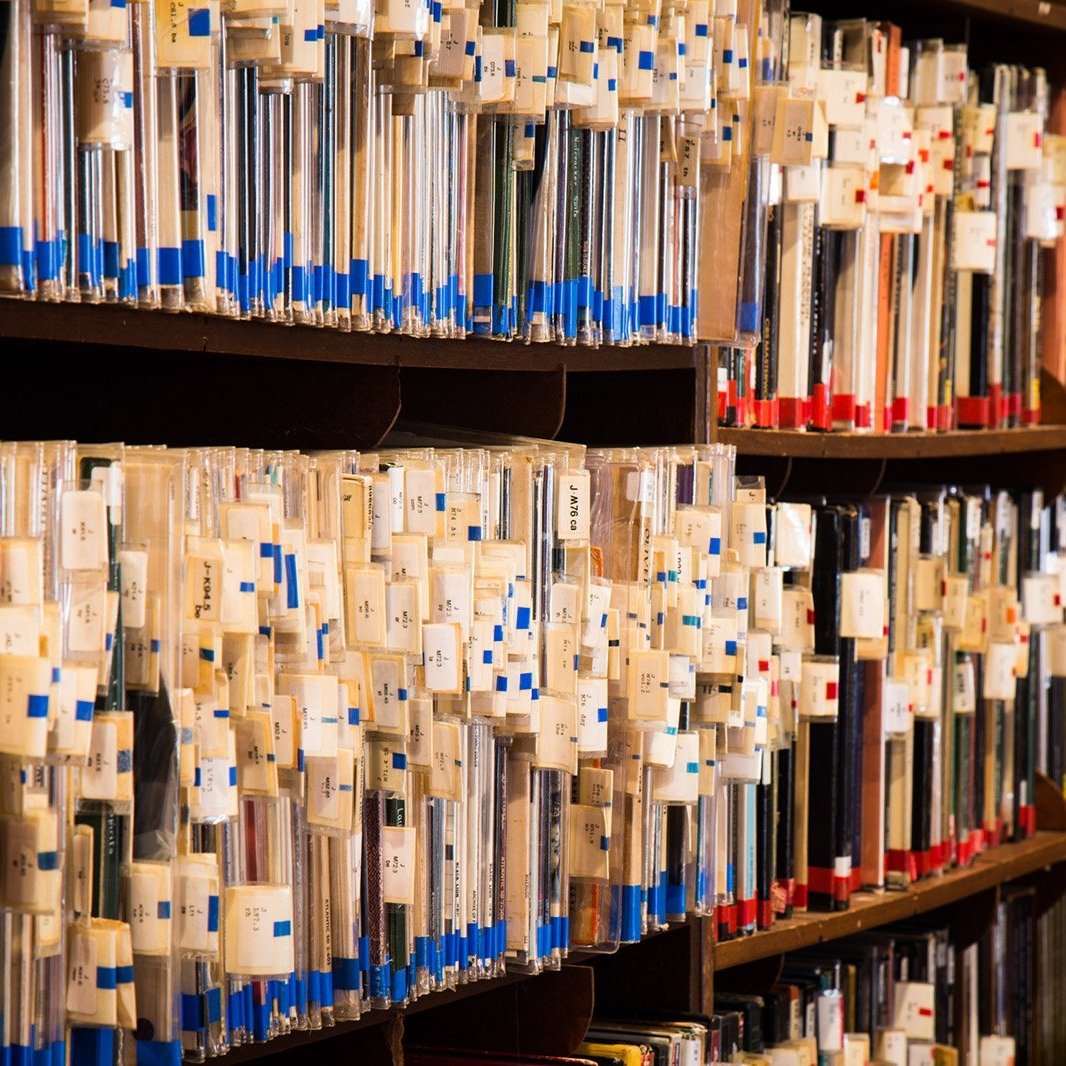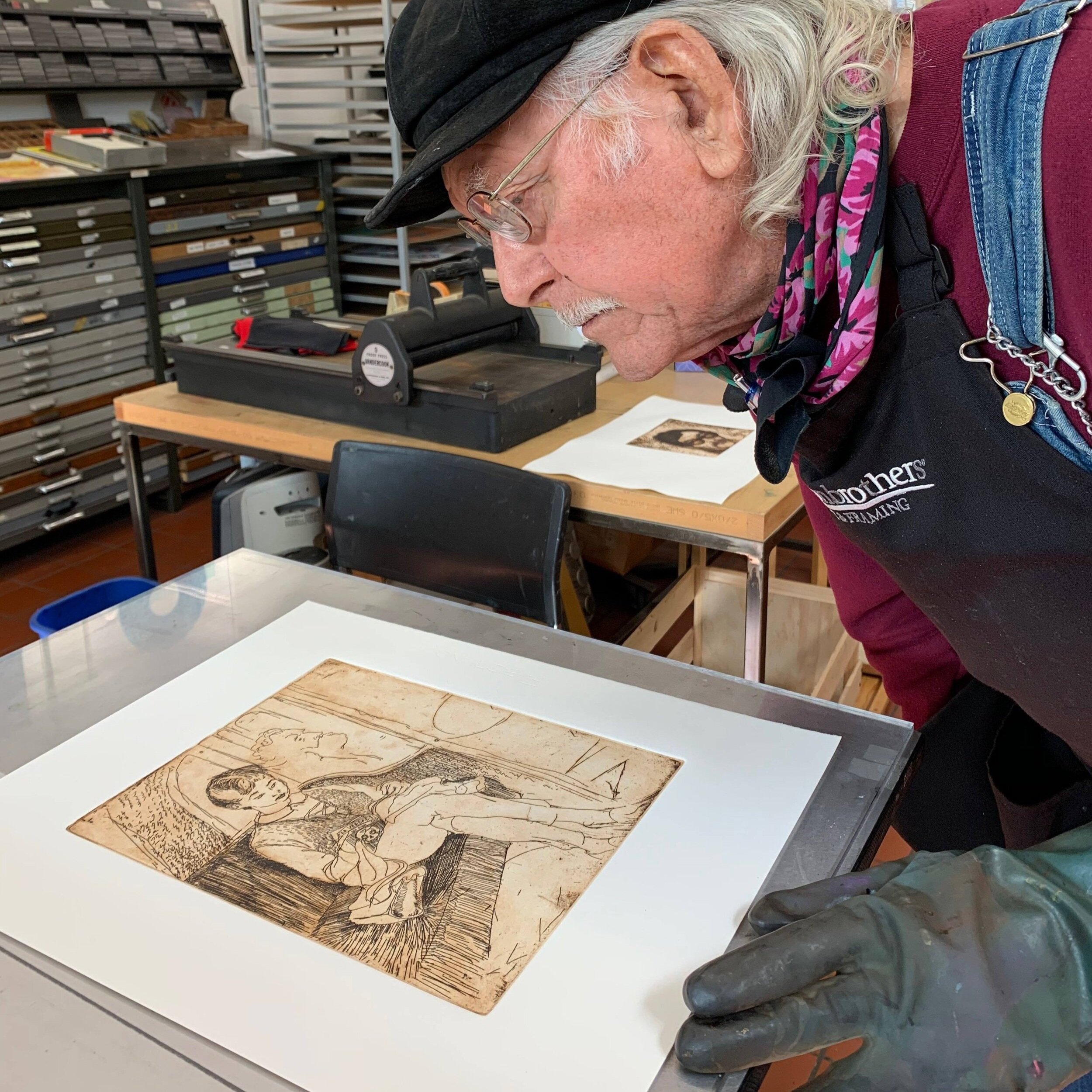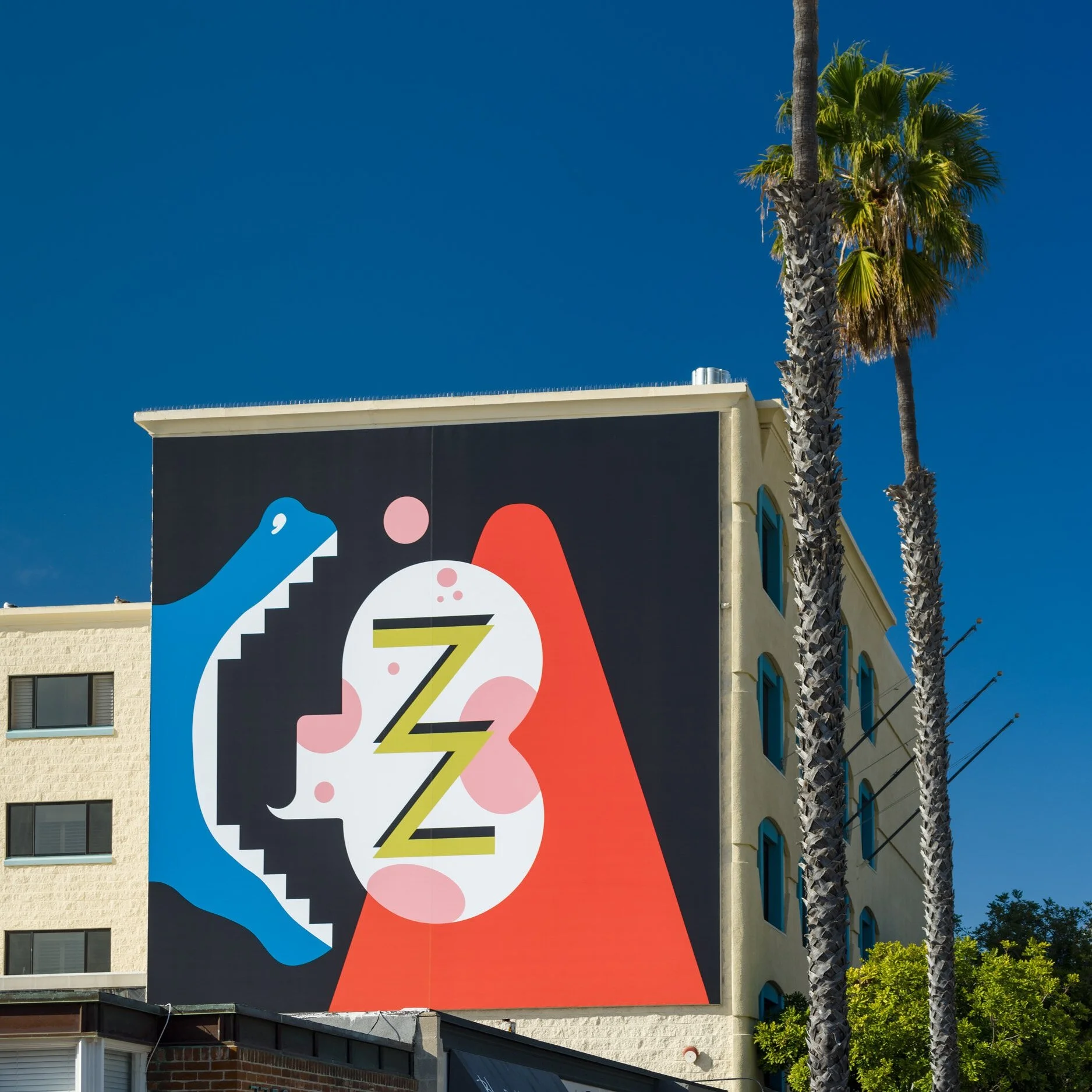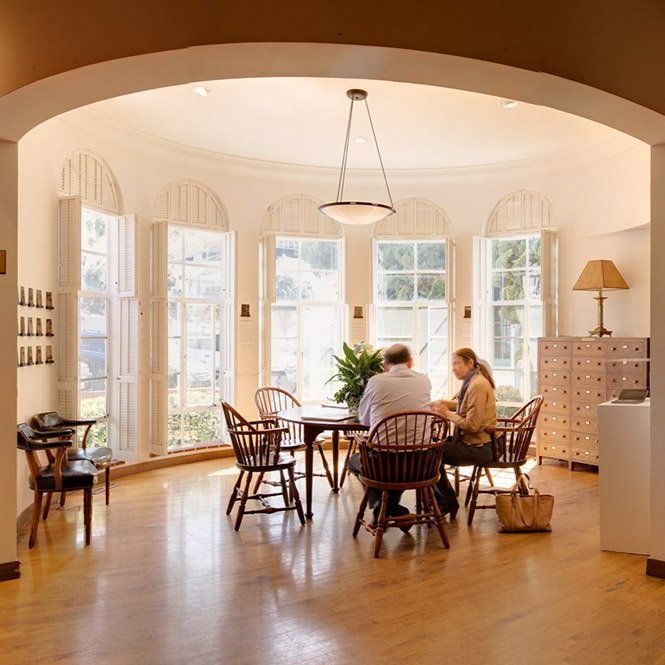Tuesdays, October 25; November 1, 8 & 15, 2022
7:30 PM
When we go to a museum to admire art, we usually don’t ask ourselves: How did these works get there? Who acquired them? Where did they come from? In this lecture series we will explore four exquisite art collections, located in beautiful European locations, shaped by tenacious collectors. Their taste, budget, and power determined the art they assembled. Sometimes historical circumstances led to acquisition of undervalued paintings—or purchases directly from the artists. We will look at the collections in the context of history, selections of art, personal stories of the collectors, location, and architecture in which they are housed.
October 25: Louisiana Collection, Humlebaek, Denmark
Originally the founder, Knud W. Jensen, intended for the museum to be a home for modern Danish art. But after only a few years he changed course, and instead Louisiana became an international museum of modern art with many renowned works by artists like Giacometti, Calder, Warhol, and German artists of the 1980s. The museum opened to the public in 1958, and its building is considered a major example of Danish modernist architecture. In the well-balanced style of the late 1950s discreet modernism, the museum presents itself as a horizontal and understated building complex that fits gracefully and intimately into the landscape in Humlebaek, about an hour north of Copenhagen directly on the Baltic coast.
November 1: Thyssen-Bornemisza Collection, Madrid, Spain
The Museo Nacional Thyssen-Bornemisza houses one of the finest and most varied collections of Western painting. Van Eyck, Dürer, Titian, Caravaggio, Rubens, Rembrandt, Canaletto, Monet, Degas, Morisot, Cézanne, Van Gogh, Picasso, Kirchner, Kandinsky, Goncharova, O'Keeffe, Hopper, Dalí, and Pollock are just some of the names on the long list of great masters shown. The collection includes almost 1,000 paintings, spanning the history of art from the 13th right up until the 20th century. Founded by three generations of Thyssen-Krupp industrialists, it was originally located in Lugano, Switzerland, before moving in 1992 to the Villahermosa Palace in Madrid on the Paseo del Prado, across from the Museo Nacional del Prado.
November 8: Berggruen Collection, Berlin, Germany
As part of the National Gallery in Berlin, the Berggruen Collection opened to the public in 1996. It is housed in the western Stülerbau (Stüler Building) opposite Schloss Charlottenburg in what is now known as the Museum Berggruen. With its impressive collection of works by Pablo Picasso, Henri Matisse, Paul Klee, and Alberto Giacometti the Museum Berggruen is one of the most important museums of modern art in Berlin. The art dealer and collector Heinz Berggruen was born in Berlin-Wilmersdorf in 1914, but he left Nazi Germany in 1936 and emigrated to the United States, working as a journalist, before opening a gallery in Paris. He acquired many of his works from the artists he represented at his gallery. We will also visit the Scharf-Gerstenberg Surrealism collection in the twin, eastern, Stüler Building right next to the Berggruen Museum.
November 15: Beyeler Collection, Riehen, Switzerland
Art dealers Ernst and Hildy Beyeler made all the paintings and sculptures of their world-famous art collection accessible to the public at the Fondation Beyeler in 1997. Today, the collection comprises more than 400 classic modern and contemporary works, with an emphasis on Matisse, Picasso, and Monet, as well as ethnographic sculpture. Star architect Renzo Piano designed the building in an English-style park outside Basel to create interplay between art, nature, and architecture.
About Cornelia Feye:
Cornelia Feye received her M.A. in Art History and Anthropology from the University of Tübingen, Germany. After five years in New York, she moved to San Diego, where she taught Eastern and Western Art History. Her museum experience includes the Mingei International, the San Diego Museum of Arts, the Museum of Man, and the California Center for the Arts in Escondido. From 2007 to 2017 she was the School of the Arts Director at the Athenaeum. Her first novel, Spring of Tears, an art mystery set in France won the San Diego Book Award for the mystery category in 2011. Her second art mystery, House of the Fox, is set in Anza Borrego desert and San Diego. Her third novel, Private Universe, a coming-of-age story and art mystery, was released in 2017. Publications include art historical essays and reviews in English and German. She is the founder of Konstellation Press, an independent publishing company specializing in genre fiction and poetry at the intersection of art, music and literature. Konstellation Press just won another San DIEGO Book Award for our short story anthology Magic, Mystery & Murder.
The lectures will be in person at the Athenaeum Music & Arts Library. There are no physical tickets for these events. Your name will be on an attendee list at the front door. Doors open at 7 p.m. Seating is first-come; first-served. These events will be presented in compliance with State of California and County of San Diego health regulations as applicable at the time of each lecture.
Masks optional. If you have a fever, cough, or flu-like symptoms, please stay home.





